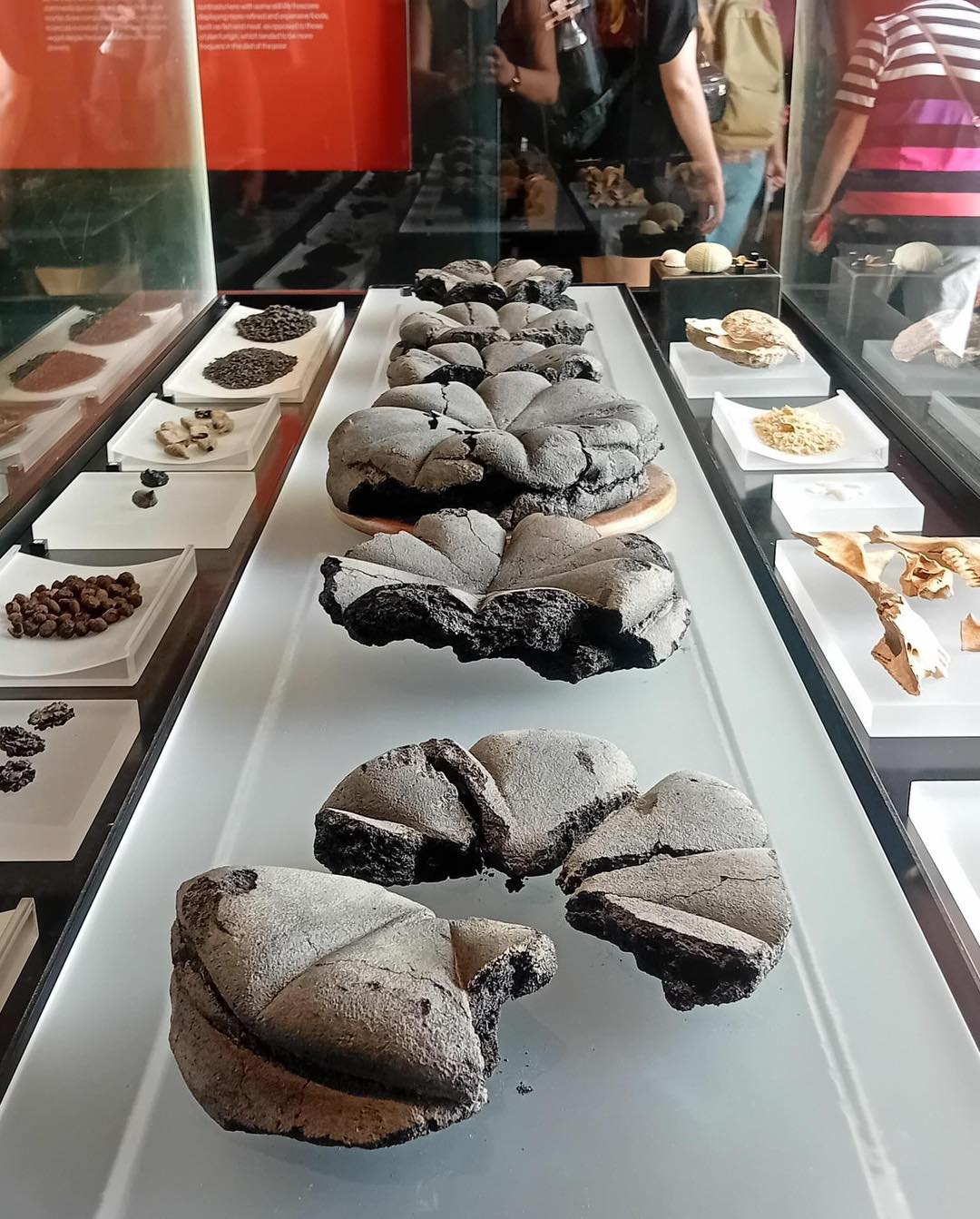this post was submitted on 08 Nov 2024
76 points (98.7% liked)
Historical Artifacts
530 readers
130 users here now
Just a community for everyone to share artifacts, reconstructions, or replicas for the historically-inclined to admire!
Generally, an artifact should be 100+ years old, but this is a flexible requirement if you find something rare and suitably linked to an era of history, not a strict rule. Anything over 100 is fair game regardless of rarity.
Generally speaking, ruins should go to !historyruins@lemmy.world
Illustrations of the past should go to !historyillustrations@lemmy.world
Photos of the past should go to !HistoryPorn@lemmy.world
founded 5 months ago
MODERATORS
you are viewing a single comment's thread
view the rest of the comments
view the rest of the comments

The Image actually really shows the remains (not just the castings of the remaining cavities) of loves of Panis Quadratus, the bread people commonly used to eat.
Source and for more images further reading Etruria News (in Italian).